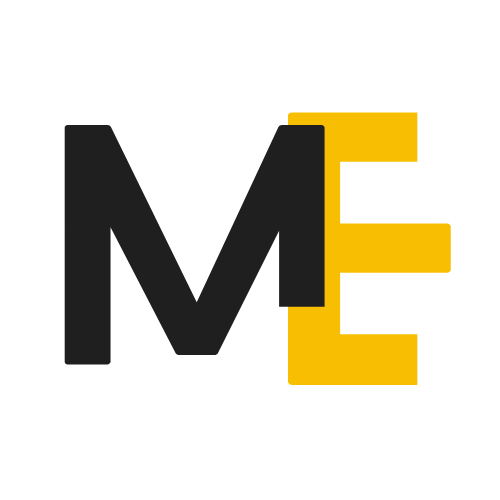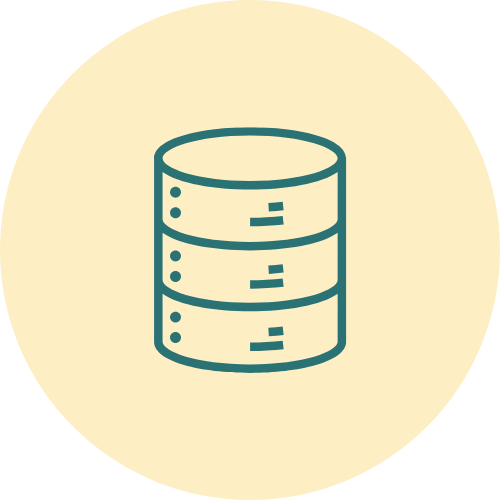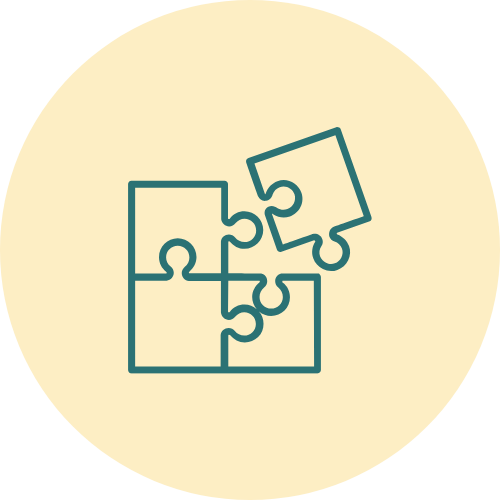Approach: Evolving TA Capacity Planning to Support Predictable Hiring
COMMON CLIENT CHALLENGE
Without proactive Talent Acquisition capacity planning, companies either overload recruiters—delaying hires, missing revenue goals, and slowing market launches—or overspend on underutilized teams when demand drops.
A data-driven capacity model keeps hiring fast, costs low, and talent aligned with business needs.
OBJECTIVES
Align TA Capacity to Business Demand
Build a scalable, data-driven capacity model that aligns Talent Acquisition team bandwidth with headcount goals, minimizing delays and reducing cost inefficiencies.
Improve Forecasting Accuracy
Partner with Finance and Workforce Planning to shift from reactive hiring to integrated, forward-looking demand planning.
Optimize TA Resource Allocation
Ensure the right number of recruiters are deployed at the right time, avoiding overhiring, burnout, or underutilization.
MODELEXPAND APPROACH
Audit and Assess
Perform a focused audit of hiring plans, recruiter workload, team structure, and historical performance to uncover gaps in forecasting, bandwidth alignment, and operational efficiency.
Model Capacity Requirements
Create a dynamic, data-driven capacity model to map recruiter output against hiring goals, accounting for role complexity, time to fill, and pipeline conversion rates.
Realign Resources
Advise on right-sizing and rebalancing the TA team based on actual business needs, ensuring the organization avoids overcapacity or under-resourcing.
Integrate with Workforce Planning and Finance
Collaborate with HR, Finance, and Business Leaders to embed TA capacity into broader headcount and budget planning, improving cross-functional alignment and predictability.
Monitor and Optimize
Implement dashboards and tracking mechanisms to continuously evaluate recruiter efficiency, hiring velocity, and resourcing needs, ensuring scalability as the business evolves.
OUTCOMES
COST AVOIDANCE AND SMARTER RESOURCING
Avoid unnecessary spend on agencies or contract recruiters by better matching internal capacity to actual hiring needs.
GREATER HIRING PREDICTABILITY TO MEET BUSINESS GOALS
Enable more accurate, reliable hiring execution so the organization can hit revenue targets, product launch timelines, and strategic growth milestones.
SCALABLE, REPEATABLE PLANNING FRAMEWORK
Establish a data-driven model that scales with the business, supports annual planning, and helps TA stay ahead of changing demand.
“The turning point is helping clients move away from headcount spreadsheets and toward a unified planning model with real-time data that Finance, HR, and TA could all trust.”
— Matt Tague, Principal, AI and HR Tech Advisory at ModelExpand














